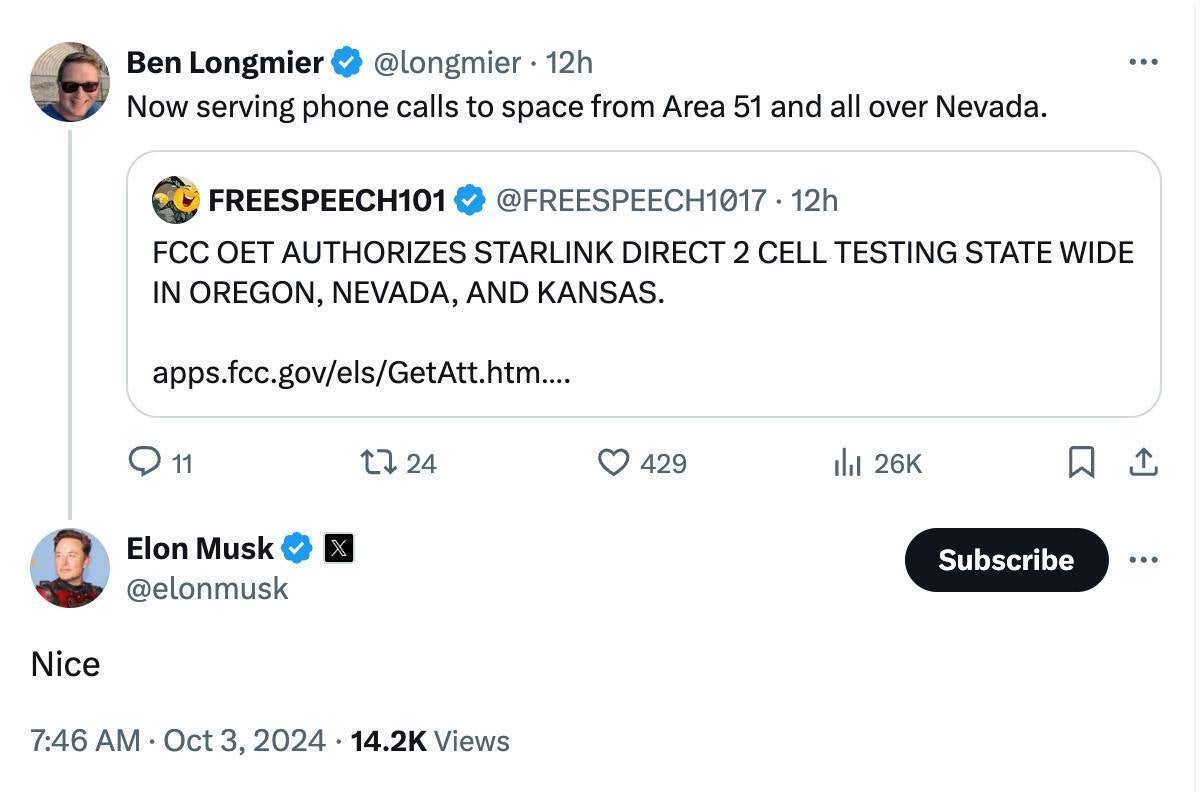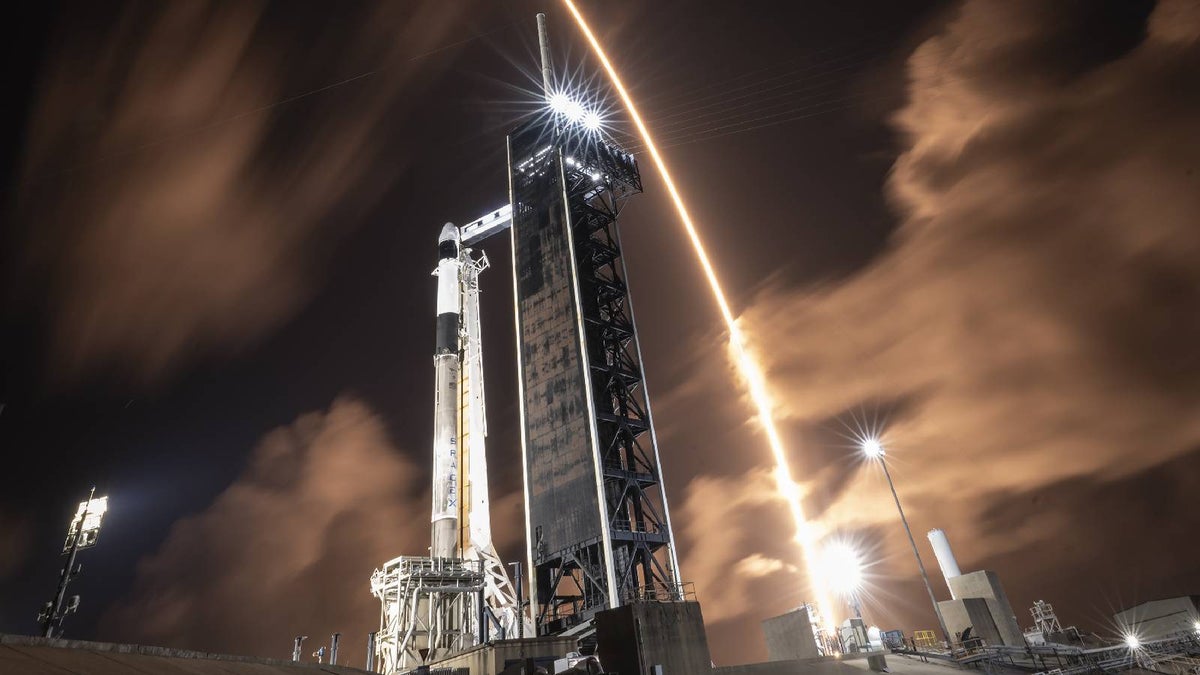While this puts SpaceX and T-Mobile one step closer to launching their satellite service, it’s important to remember that the FCC has still not granted a waiver on the out-of-band power flux-density (PFD”) limit despite their persistent insistence.
Instead, it says that SpaceX will have to comply with the current out-of-band emissions limits to prevent interference to companies operating in the adjacent 1995-2000 MHz band.
The document notes that even though Starlink satellites are capable of operating in the 1429 MHz to 2690 MHz frequencies, permission has only been granted to test in 1910-1915 MHz and 1990-1995 MHz bands.
If harmful interference is caused to any operator, SpaceX will have to cease operations immediately.
Customers hoping to get a taste of the service during the testing period will be disappointed to know that the FCC has barred T-Mobile and SpaceX from testing the service on consumer devices.
SpaceX had previously argued that the existing out-of-band emissions limit is unnecessarily restrictive and could impact the quality of the Direct to Cell service.
This testing phase will help the company determine where it stands. The report it submits to the FCC with technical details such as in-band and out-of-band received power and operational procedures may guide the future course of action.

SpaceX CEO Elon Musk is excited about space calls in Nevada. | Image Credit – X
SpaceX’s team seems pretty upbeat about this milestone, with its senior director of satellite engineering Ben Longmier tweeting posting that the company can now handle calls in Nevada using Starlink satellites.
If everything goes smoothly, we might see a commercial launch early next year.
